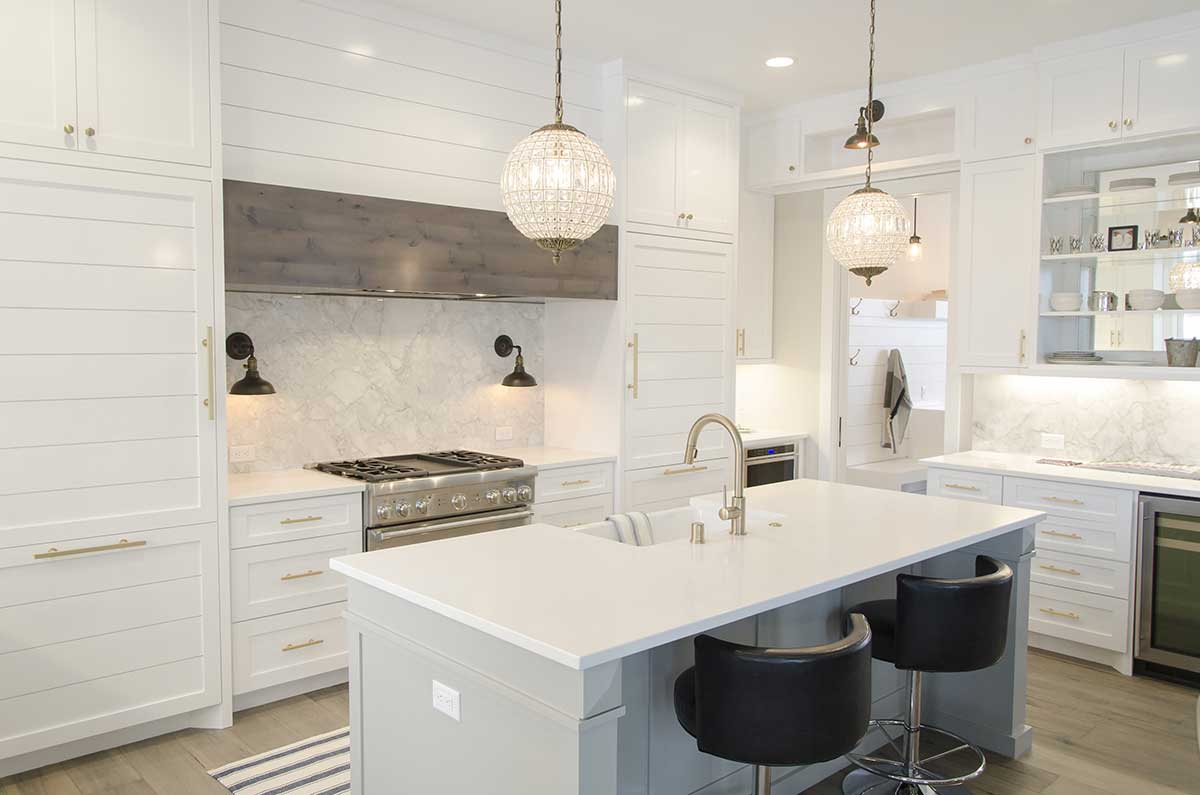Provided by Genworth Financial Canada
Most people enjoy buying things, but don’t like to keep tabs on their spending. Is it worth the trouble to develop a formal budget? The answer is yes, for the following reasons:
Prepare for large expenses. Many people pay for car insurance every six months. If you prepare for that expense by saving part of the money each month, you won’t need to panic when the insurance bill comes.
Budgeting is an important part of preparing yourself for the purchase of a home.
See when items cost too much. When you pay attention to all of your expenses, you may be surprised to find how much you’re paying for items that aren’t that important to you.
Take control of your financial future. Having a solid budget allows you to control your finances, rather than letting them control you. Budgeting forces you to look at your financial situation the way it really is. Then you can make the best decisions for your future.
Why Budget to Buy a Home?
Budgeting is an important part of preparing yourself for the purchase of a home. Here’s why:
Save for a down payment and up-front costs. If you stick to a budget, you can save the money needed for your down payment, and up-front costs-such as closing costs and emergency reserves-much sooner. Also, you’ll be sure to save enough to cover the many expenses facing a new home owner, including moving, utility hook-ups, tools, maintenance supplies, window coverings, etc.
Strengthen your mortgage application. By establishing a regular savings pattern in a savings account, you make your loan application stronger and increase the chances of having your mortgage loan approved.
Why Budget Once You Own a Home?
Budgeting is an important part of successful home ownership after you’ve moved in. Here’s why:
You pay when it breaks. You won’t have a landlord to call when problems arise. If your hot water heater fails, you need emergency funds set aside to repair or replace it. Replacing a hot water heater can cost $500. A new roof could be more than $2,000. A new furnace could cost $3,000 or more. A new heat pump or central air conditioning unit could cost more than $1,200. Clearly, you must start saving now to be ready for these expenses in the years to come.
New types of bills. You may be paying for utilities such as heat and electricity for the first time. If you don’t plan to have enough money to pay these bills when they are due, your service could be cut off.
Don’t run out and buy that new bedroom furniture. Budgeting helps you avoid the temptation to make major purchases on credit. If you know exactly how much you have to work with each month, you’ll be less likely to load yourself up with heavy debt payments that are tough to keep up with. If you must buy something on credit, shop around for the best loan terms. It’s usually better to save for major purchases like bedroom suites and entertainment systems instead of charging them. You’ll pay less, or you may decide that you’d rather use the savings for something else.
Watch your mail. As a new homeowner, you may receive several offers for new credit cards. This may seem like a great opportunity to buy new things for the house or other items, but be careful. Keep in mind the financial responsibility of purchasing a home, and review your new homeowner’s budget. With credit cards, it’s easy to accumulate a large balance quickly. Most credit cards charge interest for any outstanding balance at the end of the billing period, and that can be expensive, too. If you need a credit card for emergencies, there are cards that require full payment at the end of each billing cycle. This eliminates the cost of interest payments, prevents you from buying something you can’t really afford, and assures good credit standing without a credit balance.
Building a budget, step by step. Maybe you’d like to develop your own budget or improve the one you use now-but you don’t know where to begin. Here’s a step-by-step approach for building a budget.
First Build Your Current Monthly Budget
- During the next month, write down all your expenses every day. Include all expenses, no matter how small. Carry a small notebook with you, so you can easily record daily expenses. It’s important to write down what you actually spend on each item, even if you plan to spend less in the future.
- Also identify all your large periodic expenses, like car insurance premiums. Figure how much you have to put aside each month to pay bills like this when they’re due. (Example: Mary has a car insurance premium of $300 due every six months. She sets aside $50 each month, so after six months she has the $300 she needs to pay the bill.)
- Establish a monthly savings goal to be built into your budget. If you don’t budget for savings, it probably won’t happen.
- Add your monthly total of savings and expenses.
- Calculate the amount of after-tax (net) income you have in an average month. Include “take home” wages, tips, bonuses, investment earnings, alimony, child support, and benefits from pensions. Write down the total.
- Next, write down all the expenses you’ve tracked for the last month or two. Be sure to include monthly savings for any big periodic expenses you may have, such as car insurance and car repairs.
- Compare your savings and expenses with your net income. Look for items to cut back on, so you can increase your monthly savings. (Many people find they can cut down on what they spend on dining out, clothing and entertainment.) The more you can save each month, the faster you can build the funds needed for the down payment and closing costs-and realize your dream of home ownership.
Then Build Your Homeowner’s Budget
Once you’ve created a current budget and found ways to increase savings, you can plan ahead to be able to afford living in your home. Your Homeowner’s Budget is very similar to your Current Monthly Budget, with a few added items. Here’s a step-by-step approach:
- Transfer your budget information line-by-line from your Current Monthly Budget over to your Homeowner’s Budget.
- Get an estimate of your mortgage payment (principal, interest, taxes and insurance) from your loan officer or real estate professional. If you don’t have a home picked out, ask a loan officer to estimate a payment based on a home you can afford. If you’ll be paying your property taxes separately from your mortgage payment, be sure to set aside enough each month so you’ll have the money to pay the bills when they’re due.
- Ask if your electric and gas companies have an “average payment” plan. Based on the history of electric or gas use in the home, the company can estimate an annual cost and bill it in even monthly amounts. Average payment plans help you stay on your budget by letting you plan your expenses in advance.
- Set aside an amount each month to cover future maintenance expenses. Some experts suggest an annual amount equal to 1% of your home’s purchase price. Example: Home price is $160,000. 1% of $160,000 is $1600 as an annual maintenance amount. Divide by 12 to get a monthly budget amount of $133.
- Continue to plan for savings each month. An emergency fund, over and above your maintenance fund, is extra peace of mind.
Additional information is available from Genworth Financial Canada (formerly GE Mortgage Insurance Canada) at http://www.genworth.ca.




